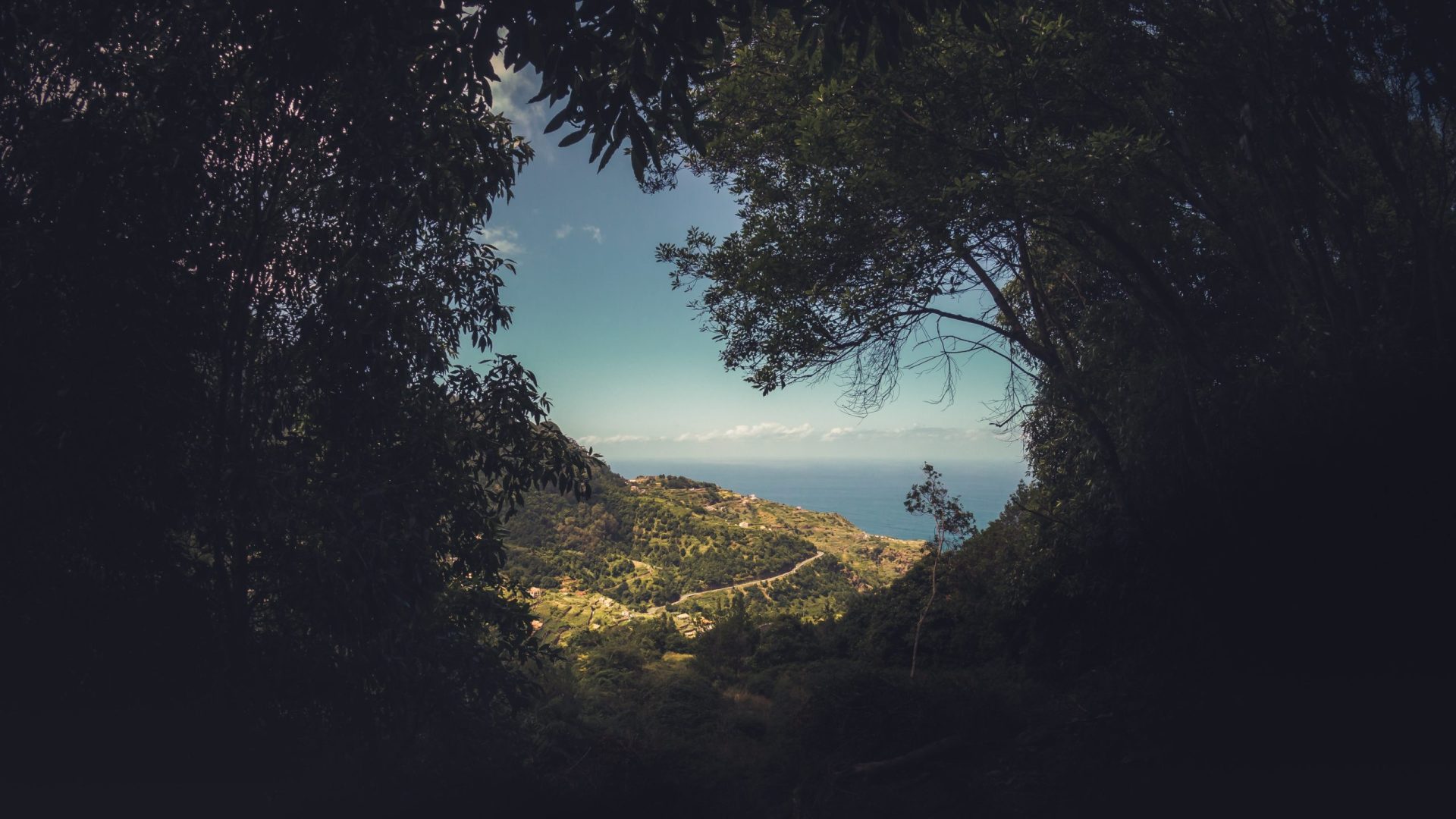
Romanticizing the wilderness as pristine and untouched undermines Indigenous stewardship—and limits the visitor experience, writes columnist Sarah Reid.


Romanticizing the wilderness as pristine and untouched undermines Indigenous stewardship—and limits the visitor experience, writes columnist Sarah Reid.
The word ‘wilderness’ conjures up images of mist-shrouded jungles, desolate deserts, sweeping plains and frozen tundra—all without a single person in sight.
Indeed, wilderness is defined by the Oxford English Dictionary as a ‘wild or uncultivated region or tract of land, uninhabited, or inhabited only by wild animals; a tract of solitude and savageness.’ This pervasive understanding of wilderness is rooted in perceptions of the colonial-era Americas as a world of barely perceptible human disturbance. Commonly described today as ‘pristine’ places ‘untouched’ or ‘unspoiled’ by humans, this concept continues to underpin non-Indigenous conservation, destination marketing and contemporary travel writing globally.
Decades of research, as seen in this study by the Proceedings of the National Academy of Sciences (PNAS), prove that humans have shaped most of (like, three-quarters of Earth’s land) terrestrial nature for at least 12,000 years. As the authors of the PNAS study write: “Lands now characterized as “natural,” “intact,” and “wild” generally exhibit long histories of use, as do protected areas and Indigenous lands, and current global patterns of vertebrate species richness and key biodiversity areas are more strongly associated with past patterns of land use than with present ones in regional landscapes now characterized as natural.”
Looking at these facts, it’s difficult to understand why the ‘wilderness myth’ persists. Not only is this colonial narrative proven to be inaccurate, but it also erases Indigenous stewardship.
“Instead of framing the ideal of holidaying in [pristine] wilderness, people could be invited to come and travel through a biocultural landscape that has far more nuance and interest to it”
- Dr. Jack Pascoe
“It’s kind of offensive because it implies that the [landscape] has been left to its own devices, and what we’re walking through and seeing our holidays just got there by itself,” says Dr. Jack Pascoe, a Yuin man from the Australian state of Victoria and Senior Research Fellow at the University of Melbourne with interests in understanding and managing biocultural landscapes. “In Australia, we know that its First Peoples were managing the land quite extensively; actively making decisions about how it should be cared for,” explains Pascoe, whose father Bruce Pascoe famously revealed the complexity of Indigenous Australian land management documented by settlers in his 2014 book, Dark Emu. “The romanticized concept of wilderness ignores that history,” he adds.
Australia’s ‘Black Summer’ bushfires of 2019-20 were a tragic reminder of the role that Indigenous stewardship has traditionally played in safeguarding wild places as well as people. After more than 10 million hectares of the country—an area larger than Iceland—went up in flames, the ensuing Royal Commission into National Natural Disaster Arrangements recognized the value of traditional fire management, practiced by Aboriginal and Torres Strait Islander peoples for centuries before colonization, in mitigating future disasters.
Perpetuating the ‘wilderness myth’ also supports the deeply flawed ‘fortress conservation’ model. First used in the creation of Yellowstone National Park in 1872—which saw Native Americans expelled, often violently, from lands they had used harmoniously for 11,000 years—the model remains popular in some destinations, particularly in sub-Saharan Africa.

In what may come as a surprise to some travelers, the removal of Maasai people to create tourism game reserves in East Africa continues today, with Human Rights Watch reporting that the Tanzanian government has engaged in abusive and unlawful tactics to forcibly evict the primarily pastoralist Maasai residents of Loliondo, near the famous Ngorongoro Conservation Area, from living or grazing on the land, or even entering the area to seek water for personal use.
A recent podcast by the non-profit conservation and environmental science news platform Mongabay also highlighted the devastating impacts of fortress conservation, unpacking how the removal of the Indigenous Batwa people from the eastern Democratic Republic of Congo in 1975 to create the Kahuzi-Biega National Park has had the reverse effect. Now reportedly overrun by refugees, militias, and mining, while ‘ecoguards’ burn villages and kill Indigenous people, the conservation outlook for the park is currently listed by the IUCN (International Union for Conservation of Nature) as critical.
So what about those far-flung corners of the planet that Indigenous peoples never occupied (to our knowledge)? In the case of polar regions, describing these icy landscapes as ‘pristine’ in 2023 is simply inaccurate, now we know that human impacts including black carbon and microplastics have altered their natural states. And if this stuff is being found in Antarctica, it’s unlikely that similarly remote destinations remain truly untouched by mankind. In this sense, the wilderness myth also ignores the climate crisis.
Clearly, it’s time for a new narrative. “Instead of framing the ideal of holidaying in [pristine] wilderness, people could be invited to come and travel through a biocultural landscape that has far more nuance and interest to it,” says Jack.
It’s not as difficult as you might think to learn more about those nuances. From Australia to Brazil, Finland to Hawaii, Indigenous tourism offers the ultimate opportunity to connect with and challenge our understanding of the wilderness as more than just the sum of its vegetation. With lands owned, occupied and used by Indigenous peoples containing an estimated 80 percent of global biodiversity, there’s plenty for visitors to learn.








Can't find what you're looking for? Try using these tags: